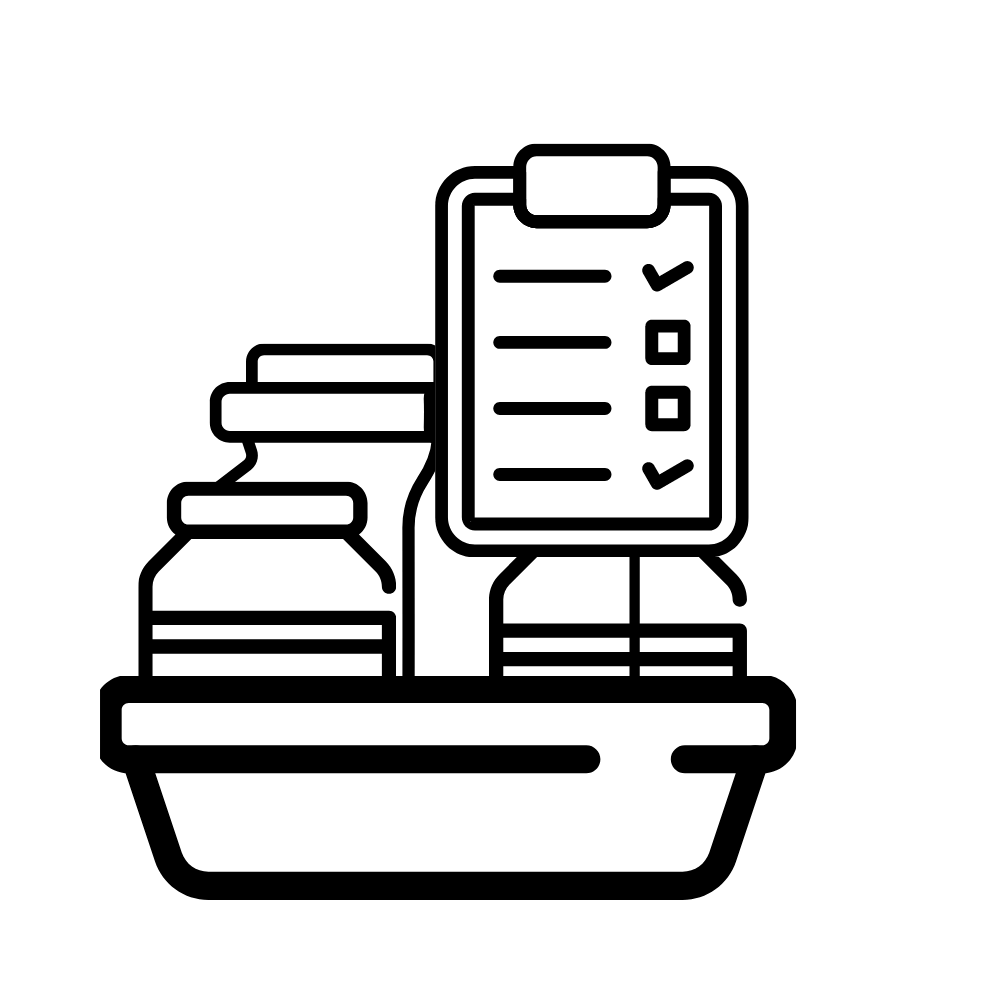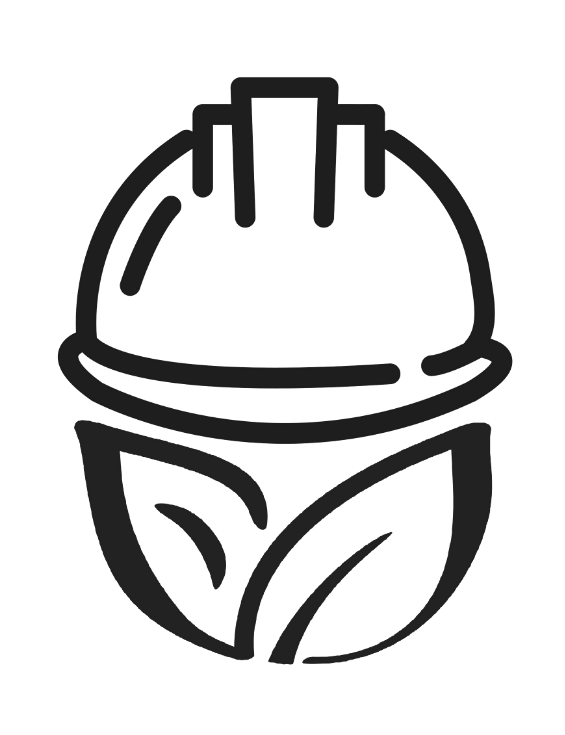Labels & Forms
Labels may be obtained by submitting a request to OARS and must be attached to containers.
Hazardous Waste Label (Chemical)
All hazardous waste must have a label clearly identified as “Hazardous Waste”, including the date when the waste container was filled or no longer needed, the physical hazards of the waste (e.g. corrosive), as well as identification of the chemicals or chemical mixtures. Labels can be obtained through OARS or by submitting a hazardous waste pickup request through SciShield (formerly BioRAFT).
Universal Waste
Northeastern’s Materials and Recycling team, in collaboration with other Facilities and campus staff, diverts specialty items from the waste stream.
Empty Container Labels
Empty containers must be clearly identified.
Satellite Accumulation Area (SAA)
Satellite Accumulation Area (SAA) is where hazardous waste is accumulated and stored including areas such facilities as laboratories, shops, and photographic studios.
Management of Unwanted Gas Cylinders
Safety and disposal considerations for unwanted gas cylinders.
Jump to Section
Fact Sheets
Hazardous material fact sheets are available for download and should be used as guidelines for chemical safety. If you have questions concerning these fact sheets or would like to see a fact sheet developed for other items, please contact OARS at oars@northeastern.edu or ECOS at ecos@northeastern.edu
Chemicals and Toxic Materials
Management of Unwanted Compressed Gases
Researchers and authorized users must use proper management techniques for purchased cylinders. These procedures will be helpful for buying and managing compressed gasses.
Safe Disposal of Ethidium Bromide
Ethidium bromide (EtBr) is a fluorescent dye widely used in molecular biology research. It is a mutagenic compound that intercalates double-stranded DNA and RNA and must be handled as a highly toxic material.
Universal Waste
OARS and ECOS collaborate with Northeastern’s Materials and Recycling team, in partnership with other Facilities and campus staff, to divert specialty items from the waste stream. View the factsheets to learn how to dispose of these specialty items properly. For more information visit the Materials and Recycling Website.
Empty Containers
Empty chemical containers make excellent hazardous waste containers and laboratory personnel should make efforts to recycle them whenever possible. Follow these procedures for the disposal of empty chemical containers.
Laboratory Sink Disposal
- All laboratory sinks and drains are connected to monitored pH neutralization systems.
- The MWRA regulates these neutralization systems and determines which substances are prohibited from being discharged.
- Laboratories must comply with MWRA regulations and ensure wastewater does not contain hazardous substances, flammable liquids, or infectious waste.
- Laboratories must consult ECOS before potentially discharging polluted wastewater.
Fluorescent Lamps
Hazardous Waste Management regulates mercury-containing lamps as hazardous waste. Follow this Northeastern University procedure for the management of spent fluorescent and other mercury-containing lamps.
Paint and Paint-Related Materials
Paints may be regulated as Hazardous Waste when disposed of, depending on the formulation. This fact sheet provides information on the correct management of paints and associated thinners.


